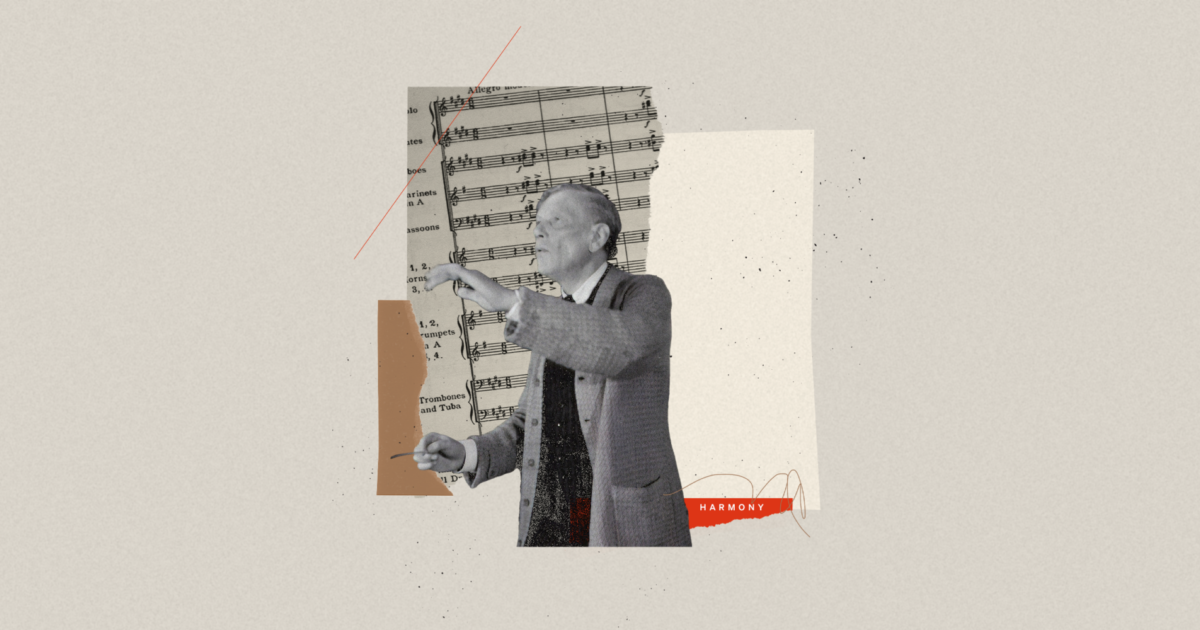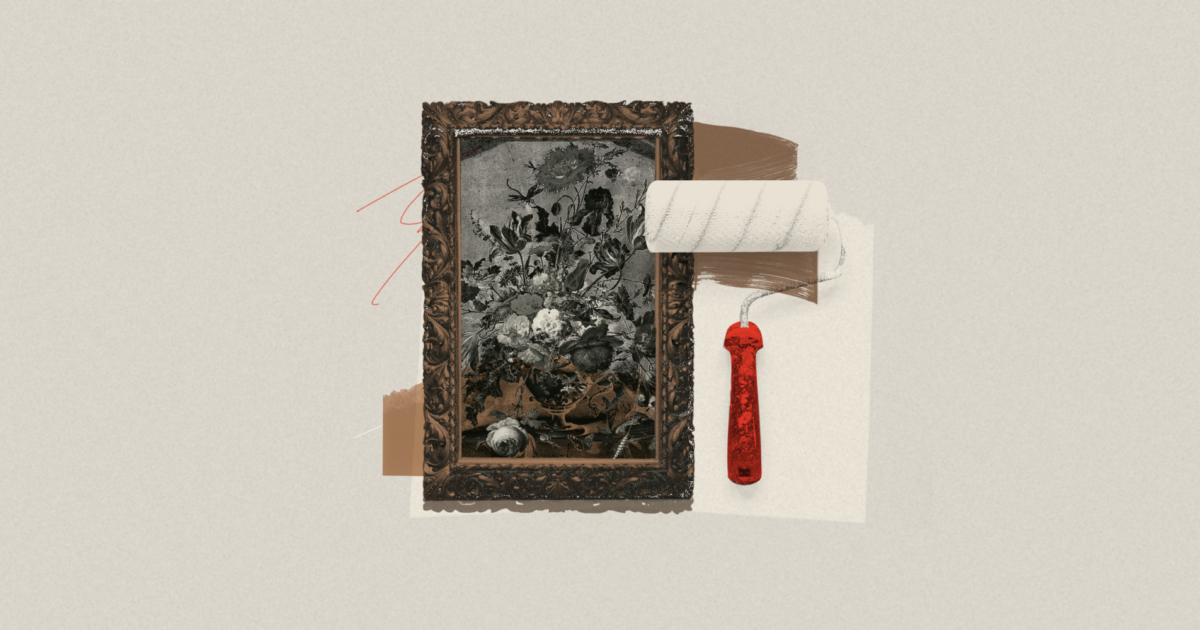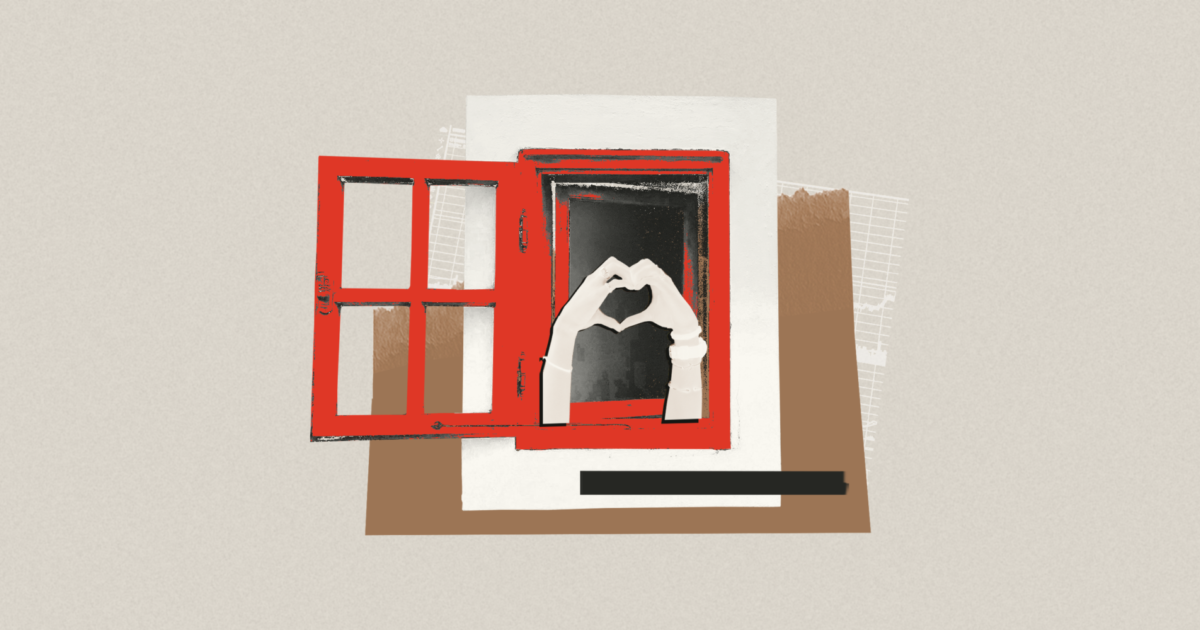Your brand is the entire ecosystem around your company that leads to a feeling or perception in the eyes or hearts of your customers.
An audio version of this article is available on our podcast, Focus on Brand.
We hear it time and time again at Focus Lab: “Our company is changing; we need a new logo.” It’s easy to understand why this line of thinking exists. Unfortunately, it completely misses the larger and more valuable picture. Your logo will never accurately express the true power of your company, regardless of how well it’s designed. That’s not what logos are for.
{{divider}}
What is branding?
If your brand is not a logo, what is it? Is it your people, your company mission, your track record of success? Is it your marketing strategy, the way you communicate, or the core values of your organization? Or is it simply what your customers say it is?
It’s all of these items and more. Your brand is the entire ecosystem around your company that leads to a feeling or perception in the eyes or hearts of your customers. Nike’s brand is not held together by a swoop. Its true brand impact comes from years of customers’ experiences with their products, the company’s tone of voice, and decades of powerful marketing. The brand resonates because of relentless consistency and a clear dedication to its mission: “To bring inspiration and innovation to every athlete* in the world.” Nike even places an asterisk on the word “athlete” in its mission statement and strengthens its stance by explaining that “*if you have a body, you are an athlete.” That is branding. A logo will never achieve that—it’s not supposed to.
{{divider}}
What is the function of the logo?
Great question, and the answer is simple. A logo is an identifier—a visual queue that helps us distinguish between countless brands that strive for our attention daily. As our experiences with brands take shape over time, our resulting perceptions are baked into their logo (for better or worse). We identify with Nike via the swoop—not because of the swoop. Think about it this way: If an alien arrived on earth and saw the Rolex logo void of context, it would have no idea what that company does. That is completely normal. The same can be said for Apple and thousands of other brands. But over time, as we live with these brands, their logo evolves into a deeper story, a symbol with meaning that is unique to each of us.
How is the larger brand narrative built, if not by the logo?
In the same way that an orchestra needs a full collection of instruments working in harmony, a brand needs multiple thoughtful touchpoints.
Each one is another layer of reasoning that helps the larger narrative take shape. Elements such as color and typography begin to define a visual language. Equally important is the way a brand speaks—its voice and tone. Don’t forget the even larger customer experience, which is paramount. Close your eyes and imagine walking into Disney World. Of the experiences you just pictured, a logo was not one of them.
The list of items that make up a brand is countless. But when those elements are rooted in the same purpose, working in harmony, a brand shines. Interestingly, customers often cannot distinguish between all the moving parts, but they can easily embrace how that brand makes them feel. They hear the harmony, even if just subconsciously. That is the brand at work. A system, intentionally crafted and consistently delivered—inclusive of a logo, but not simply a logo.
Originally published at Fast Company on June 29, 2021




